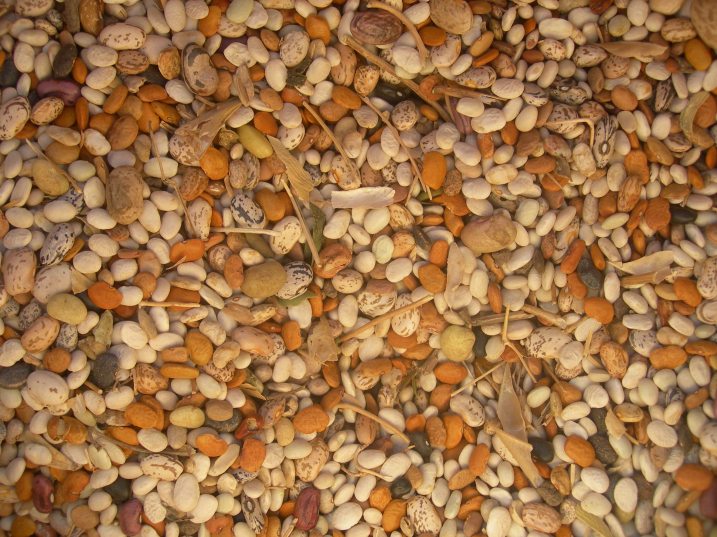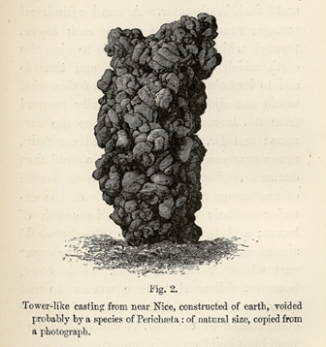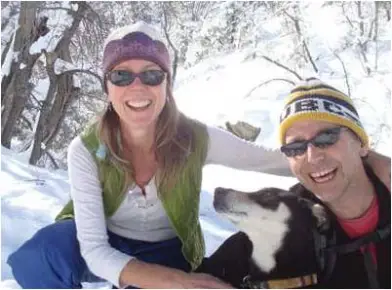It’s impossible not to notice the change of seasons at a farm. Once that first frost happens, there is no turning back the clock. We’ve had a few great work parties out at the farm in the last three weeks. Students are working on green building projects, final harvesting, threshing, winnowing and even some seed saving.
We harvested 25 pounds of tepary beans from a student research plot from the summer agroecology course. The students were investigating the drought tolerance of different heritage tepary bean varieties from Native Seeds/SEARCH in Tucson. We got to them a little late in the season, so there were at least 10 pounds on the ground and Rabbit Run Farm had harvested 10 pounds earlier in the season. I wonder if 45 pounds of dry beans is a good yield for the plot size? I left students to their own devices on figuring out the threshing and winnowing. They really got an efficient system going. A few students harvested the bean plants, a few more stomped on the plants on a tarp to release the seeds and a few more used the wind to separate the chaff from the beans. It was so much fun I almost hate to buy a small combine for the tractor! I’m aiming to add this piece of equipment so that students can expand our tepary bean production and potentially provide dry beans for the campus food system.
I told the students that I was impressed that they developed a workable threshing and winnowing system so quickly. I said “it’s almost like you’re all intuitive threshers and winnowers.” Then a student answered, “After 10,000 years of agriculture, shouldn’t we all be intuitive threshers and winnowers?” Well said!

17 varieties of tepary bean Phaseolus acutifolius (mixed with some common beans Phaseolus vulgaris) ready for phase II winnowing
Earlier in the season during the agroecology summer course, Dr. Jean Stutz from ASU visited and did a lesson on Arbuscular Mycorrhizal Fungi (AMF). AMF are known to help increase drought tolerance in their plant hosts. She taught the students how to take root samples for AMF analysis and showed us microscopy images of stained roots back in the classroom. Jean has Prescott ties so I’m really looking forward to collaborating with her in the future, especially since I am a fellow rhizosphere microbial ecologist!






















